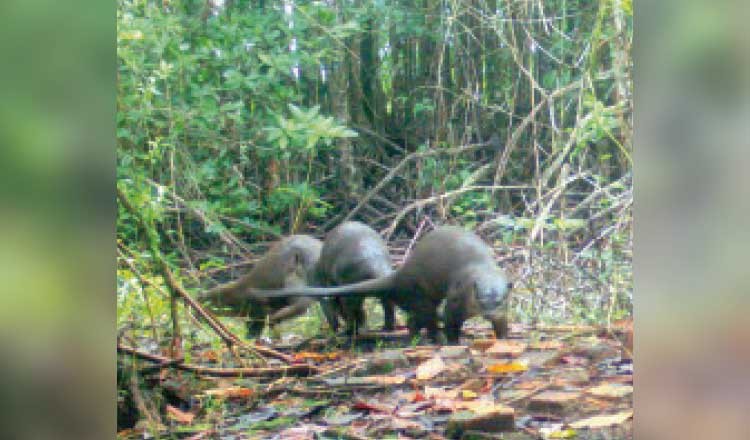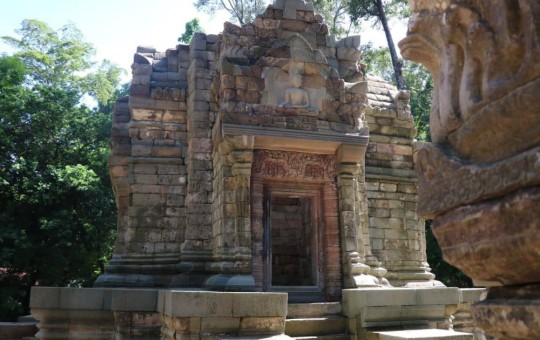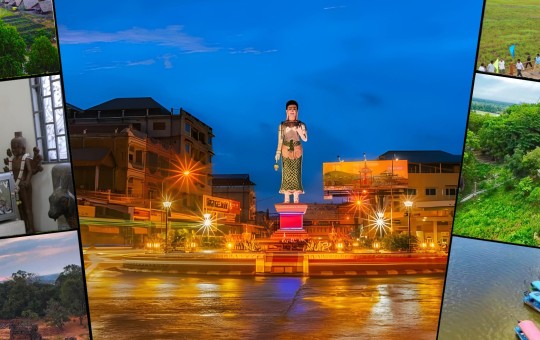
Rare hairy-nosed otters found in 4 provinces
One of the world’s rarest otter species, the endangered hairy-nosed otter, whose aquatic habitat is around the Tonle Sap lake, has been found in four provinces.
The Ministry of Environment (MoE) said conservationists have found the hairy-nosed otters (Lutra sumatrana) in Battambang, Kampong Thom, Mondulkiri and the coastal area of Koh Kong provinces.
“We are happy to note that hairy-nosed otters have been found in the protected areas of the four provinces because the otters are rare and considered endangered species.
“We will take strong measures to protect the endangered hairy-nosed otters,” said Keo Sopheak, the director of the Mondulkiri Department of Environment.
The species is listed as an endangered species on The International Union for Conservation of Nature (IUCN) list.
Another promising development is the sighting of the endangered Germain’s langurs species of monkeys.
The Ministry of Environment reported that there are now more than 3,000 Germain’s langurs in Cambodia’s protected areas and its numbers have delighted conservationists.
Globally, the number of primates is declining by about 50%. Germain’s langurs are found in dense forests, semi-dense forests and coastal mangroves, as well as flooded forests and can be identified by their dark grey fur.
Most of the population is centred in the eastern regions of Cambodia, such as the Keo Seima, Lumphat and Sre Pok wildlife sanctuaries in Mondulkiri province. The monkeys normally settle near rivers and streams, such as the Sekong River and Sre Pok.
The species are prolific seed spreaders due to their diet consisting mostly of fruits and they spread the undigested seeds in their faeces. They play an important part in starting new forests.
Sopheak said park rangers have been reporting sightings of Germain’s langurs deep in the protected forests of Mondulkiri province.
Sopheak added, “Germain’s langurs are no longer under threat of poaching.
“We have not received reports of Germain’s langurs trapped or killed.” Sopheak said conservation efforts of the rare otters and other endangered wildlife species in Cambodia will be stepped up and campaigns like the Zero-Snare campaign to prevent and discourage the consumption and trapping of wild animals will continue.
According to Sopheak, the government’s endeavours to protect wildlife in protected forests and wildlife sanctuaries have been paying off.
“The illegal trafficking and killing of wildlife are on the decline,” he said.
He added that many poachers have also been arrested and charged in court.
Park rangers working with other law enforcement agencies and conscientious members of the public have been active in protecting wildlife, he said.
Sopheak expressed hope that wildlife in Cambodia, especially endangered species, will thrive and proliferate.




